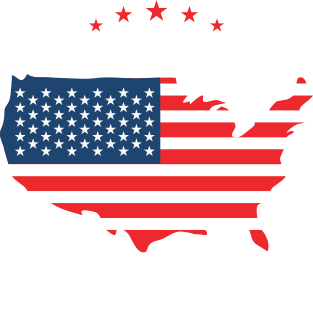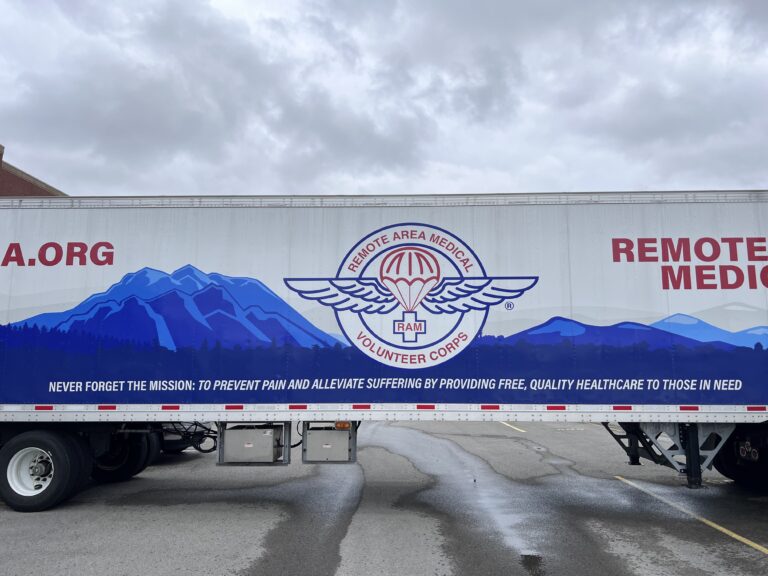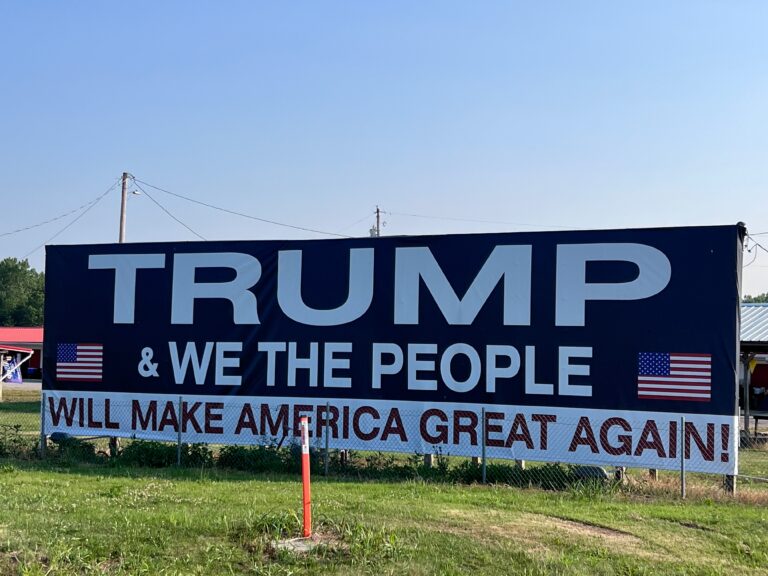The National Health Service was established in the UK in 1948 as part of a post-war Britain in which citizens would be more equal and have greater rights to the fundamentals of life.
NHS services are free at the point of delivery. This includes everything from primary care to acute care in hospitals. The NHS is tax-funded, so the only way to increase the supply of services is either through more investment or greater efficiency.
Investment has been reduced over recent years and efficiency in a government bureaucracy is hard to achieve, so this has led to the rationing of services. In practice, this means waiting longer to be seen for less urgent needs and the reduction of some services. People with their own resources can, of course, go private and see the same NHS doctor in a shorter timescale.
Americans told me that this type of socialist medicine is ‘un-American’, although the animus goes deeper. Granted, the NHS has its pitfalls, but you do get seen and, in an emergency, the NHS comes into its own. You don’t go bankrupt for a life-threatening illness.
The NHS also means that you don’t need to think about healthcare when moving job or location. It’s always there as a safety net and, if you travel in Europe, you have reciprocal access to healthcare on the continent.
In contrast, American healthcare is, at its core, for-profit. Physicians and hospitals make money out of selling healthcare services to those who need them, so there is an incentive to over-supply. Insurance companies, which largely finance these services, have a hand in both reducing costs and limiting access. Some are non-profit, like Kaiser Permanente with 12.8% market share and some for-profit, like UnitedHealth Group with 6.7% share. The transaction costs of US healthcare are, therefore, significant.
Two government health insurance schemes were established in 1965 by the Johnson administration – Medicare provision for the elderly and Medicaid for those with limited income or resources. The Obama administration expanded coverage of Medicaid via the Affordable Care Act (ACA) in 2010. Still, some Americans aren’t covered, can’t afford the deductibles, or are disadvantaged by states that have not taken up the ACA.
I’ve worked in both the NHS and private healthcare, so have seen both sides. I heard many tales on my road trip about people losing their job and healthcare coverage, or not changing jobs or moving because they were worried about the cost of cover. The byzantine process of choosing and keeping healthcare coverage in the US has been explained to me but is beyond my comprehension.
In Scotland, it’s just there. Yes, we can easily take it for granted and a free good can too easily be abused, but healthcare coverage is not a factor in the otherwise complex equation that governs life decisions, including abortions. Whenever I’ve used NHS services, they have been excellent, even though I might have had to wait a wee while.
The UK spends 12% of GDP on healthcare, the US 18%. NHS outcomes are good, not great, but US outcomes do not justify the significant spend. US healthcare is both better and worse than the UK’s, the population both fitter and fatter.
I’d read about Remote Area Medical (RAM) back in the UK, so I visited them at their HQ when I passed through Knoxville, Tennessee. RAM was founded by Stan Brock, originally from England, who had a mission to offer free, quality healthcare to those in need. Kinda like the NHS.
RAM’s overseas services have increasingly shifted to focus on people living in America in need of healthcare. It offers free medical, dental, and vision services to those with no insurance or underinsured, no questions asked.
When I got back home, I emailed Vicki Gregg, RAM’s clinic manager, offering to volunteer at a clinic. That’s how I ended up in Cookeville TN.
I joined around 150 other volunteers who took over Cookeville High School for the 2-day clinic. RAM works with local coordinating groups who provide the venue, source the clinicians, and provide services like all our hot meals. The students of Tennessee Tech University have been coordinating the Cookeville clinic for years.
We set up on the Friday, all the equipment coming out of a semi that was more like the Tardis.
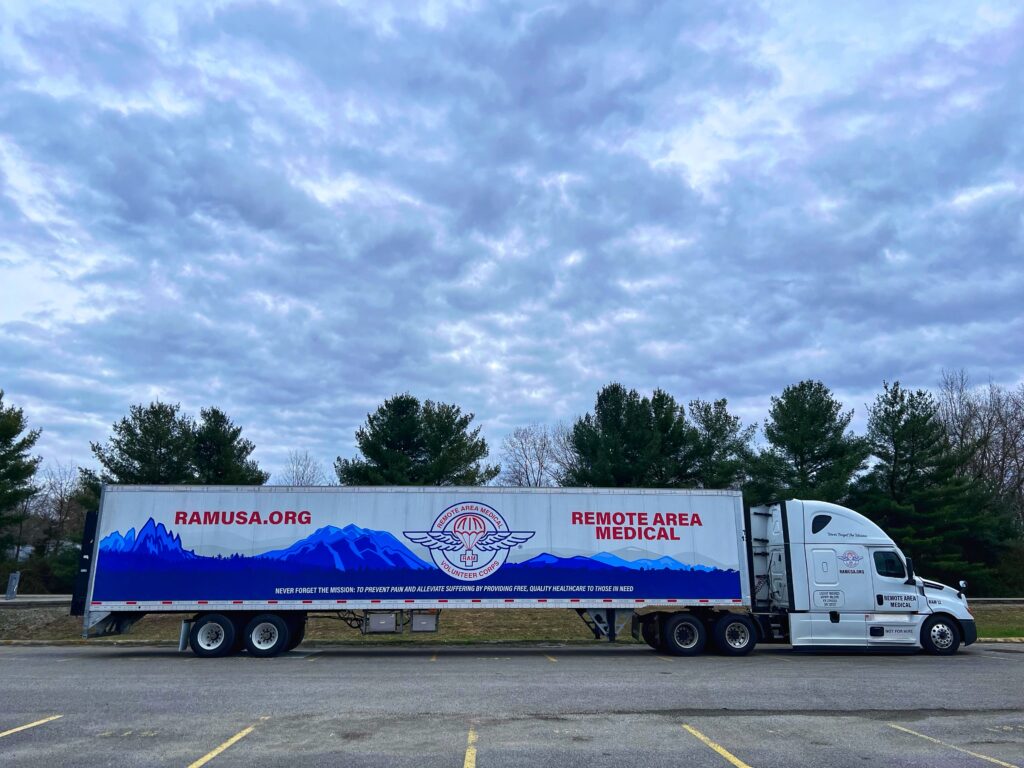
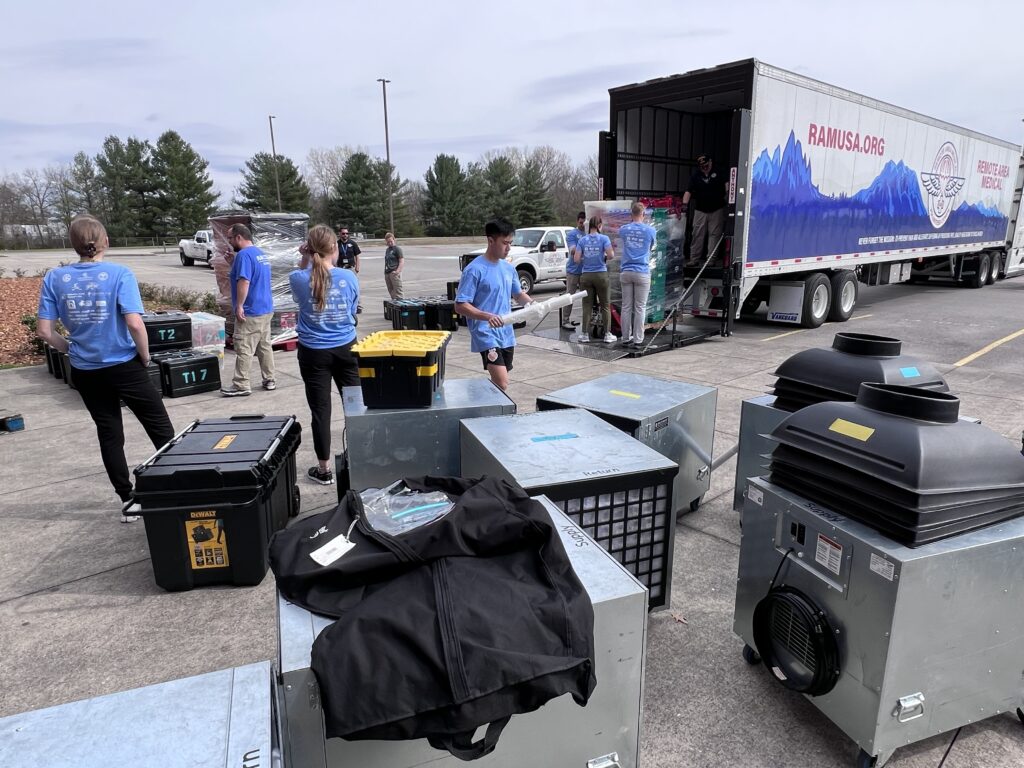
The gym was turned into a 40-suite dental facility, each operating suite with controlled air flow.
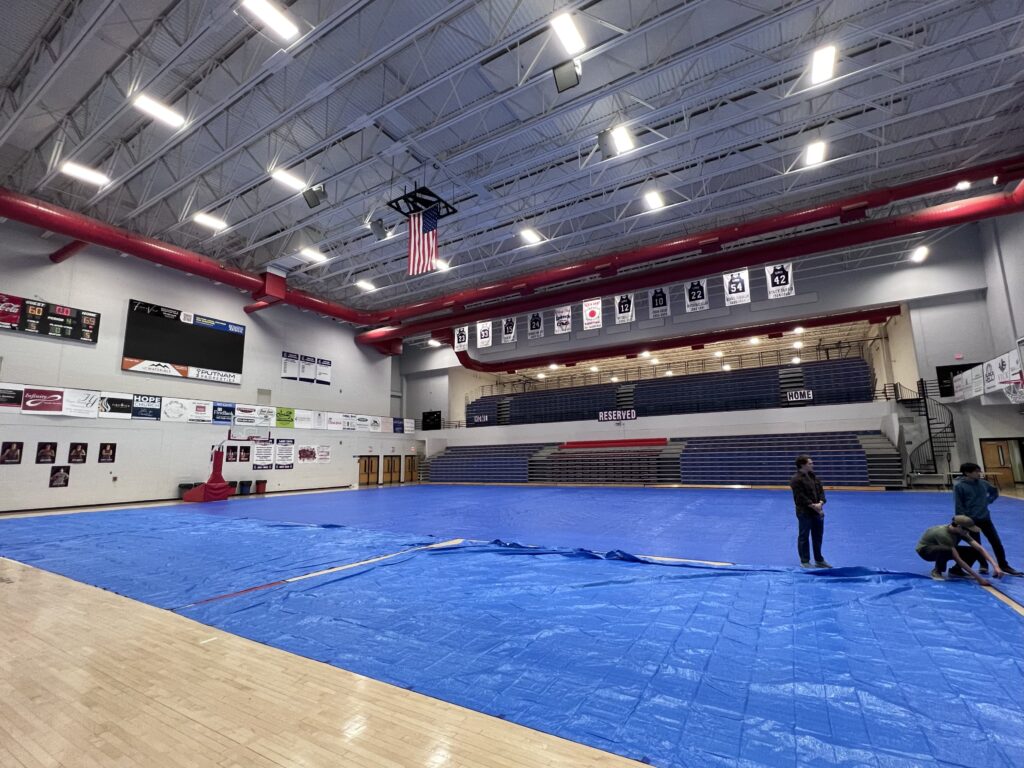
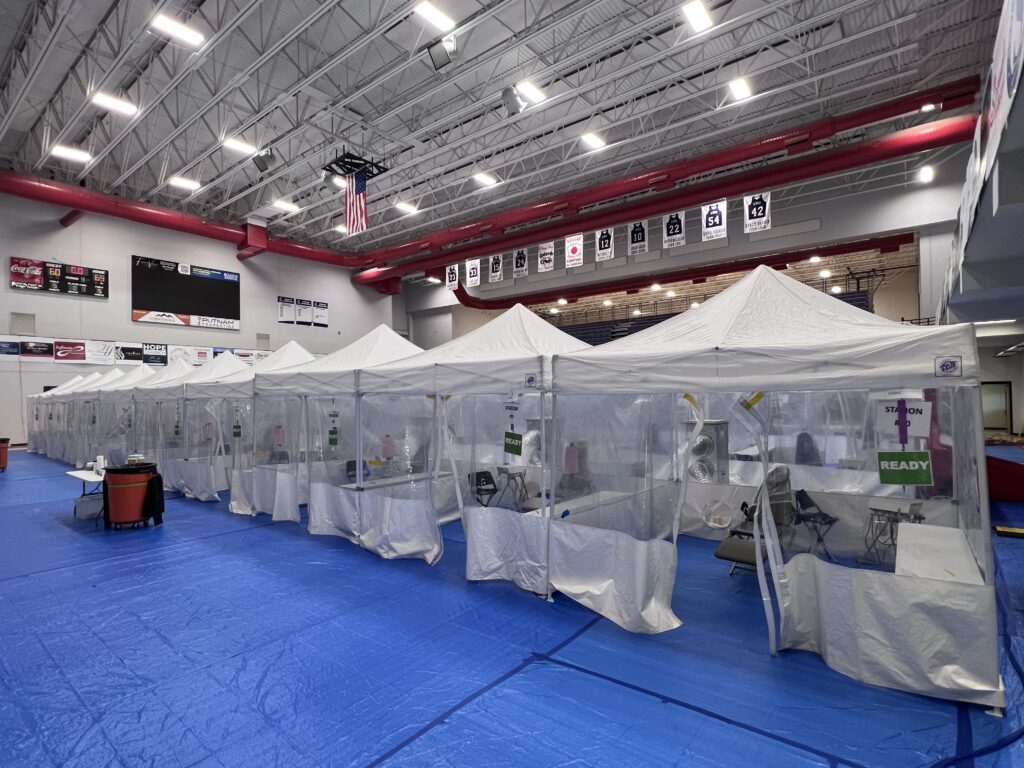
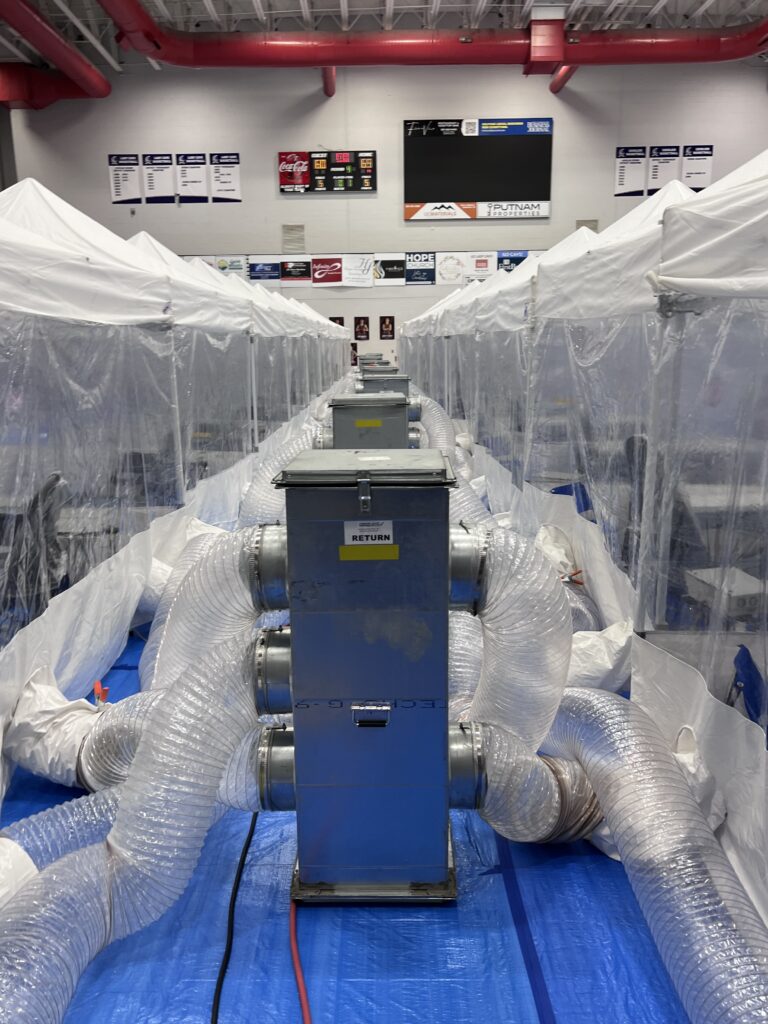
I’d thought that these were consulting suites until I realised that two-thirds of patients come to RAM for dental services. OK, dental services are not great in the UK right now, but this level of demand took me by surprise.
Before we finished for the day, I visited the vision, optical, denture, medical, and women’s health clinics that filled spaces usually used for drama, language, and sports. Fortunately, it was Easter break, so students were elsewhere.
Volunteers travelled from across the US. I met dental students in final year training from Buffalo NY, physical therapy students from South Dakota, and some who stopped by on their way back from spring break in Florida. Many told me they come back year after year, and talked with passion about the personal fulfilment they get from volunteering.
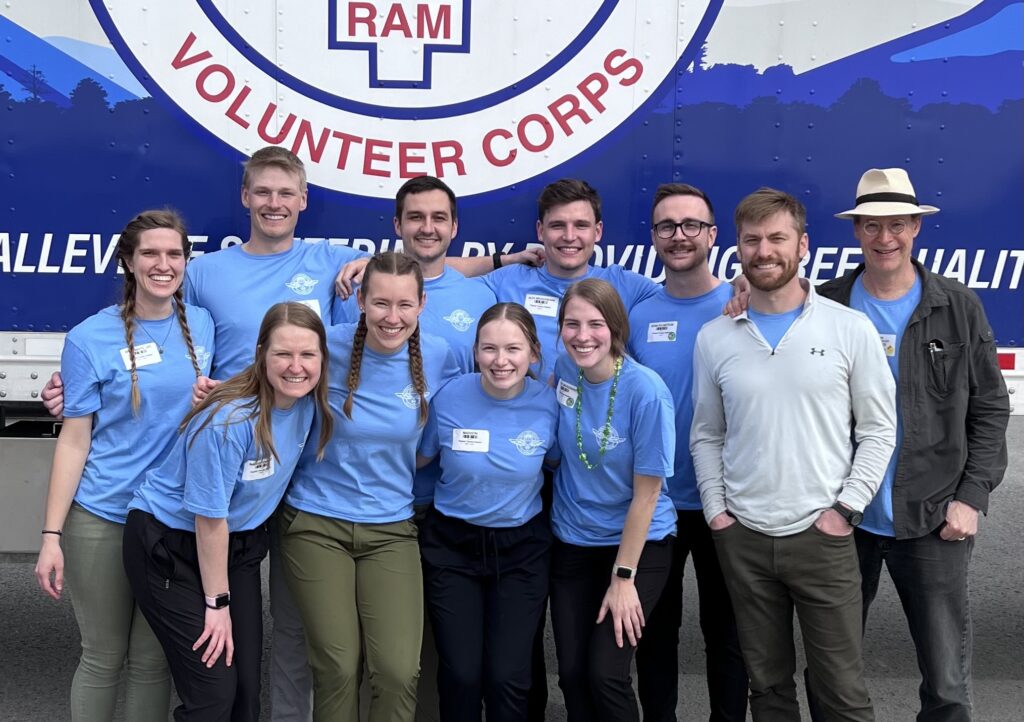
RAM services are offered on a first come, first served basis. I was on patient registration, so when we opened the doors at 6am, patients had been sleeping in their cars overnight. Pretty much everyone followed that routine to be sure of getting a place.
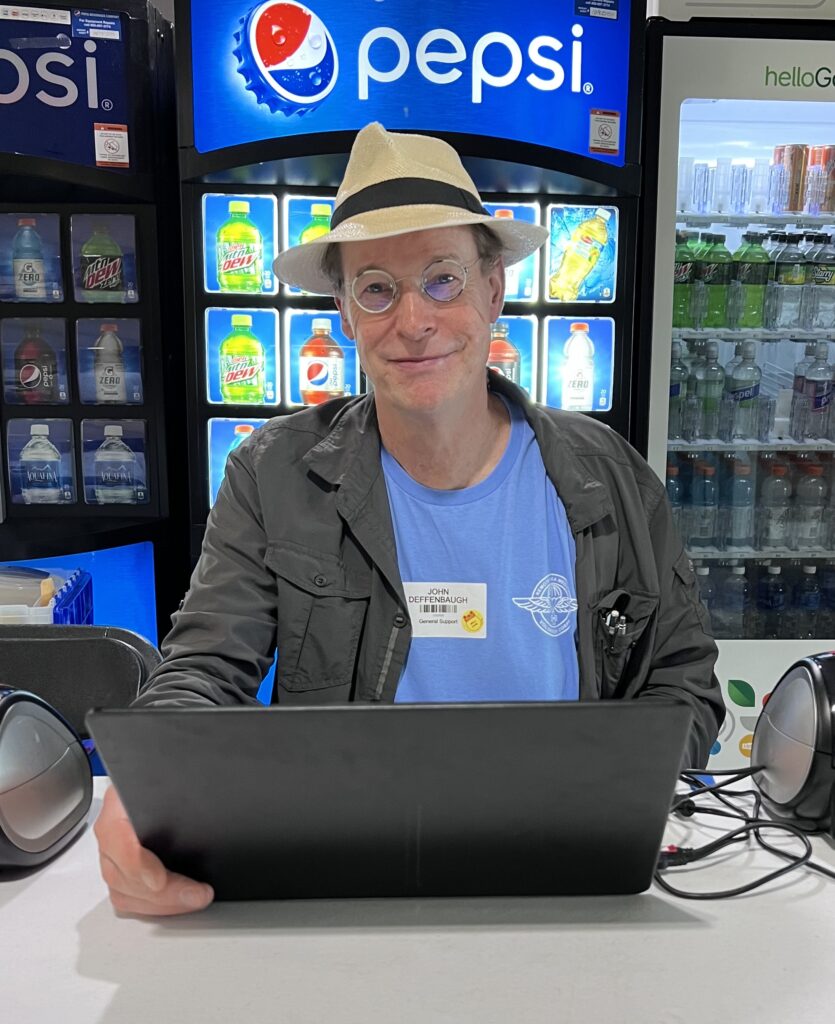
Some have been to RAM before, many for the first time. Some patients came back on Sunday to get more fillings after an initial treatment on Saturday. So, two nights sleeping in their car. Many were local to TN, but some travel from hundreds of miles away to get free or available healthcare.
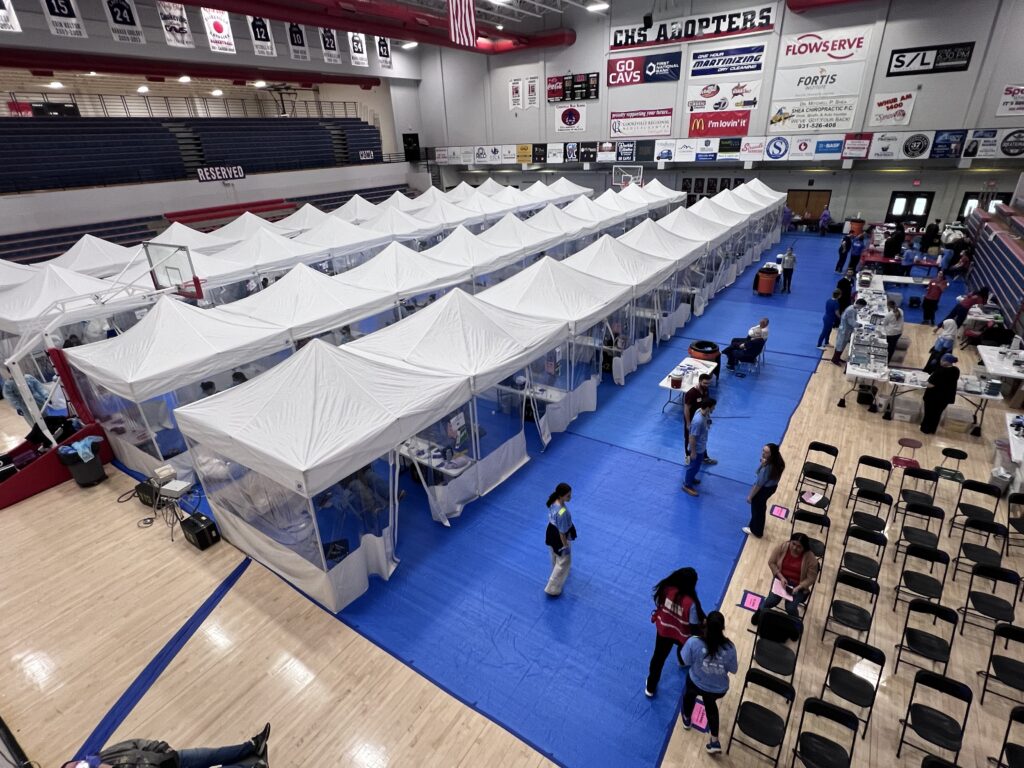
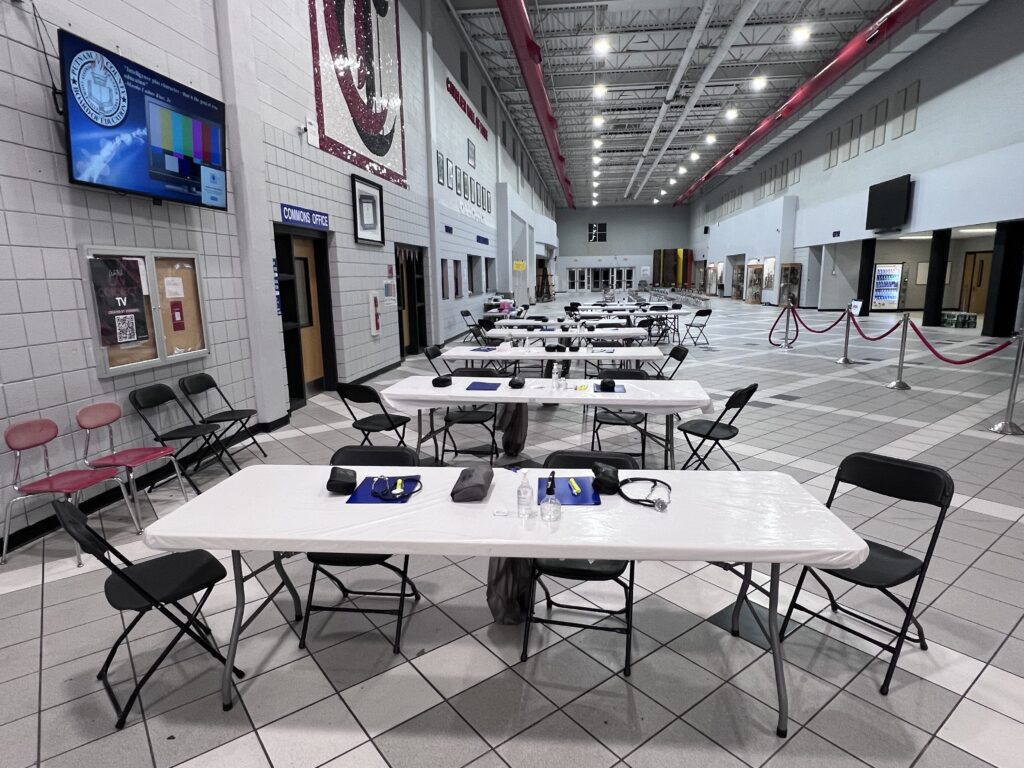
The stories I heard at patient reg were heart rendering. You’re not looking your best after a night trying to sleep in a car, and many had acute dental needs – holding their mouth in agony or trying to force a smile through the pain.
Others were coming for a dental check-up and the earliest in the queue would go away with new dentures. Patients for vision could get their eyes tested, choose new frames, and go away with new specs in only hours.
We took limited details at registration, mainly focusing on individual health needs. Interpreters were on hand for the Spanish speaking patients, some recent immigrants.
One gentleman with a vision referral form told me about his stomach problems, so he was also referred to medical.
I saw some patients I’d checked in after their treatment, one lady with designer specs that matched her hair colour, another gentleman chewing down on red gauze who maybe thought that the pain earlier was less than the pain after.
535 patients were seen over the two days. Two thirds used dental services, most of the rest vision, and many also had multiple referrals for medical and women’s health. Some showed up late, obviously disappointed, but RAM has multiple clinics around Tennessee and across America that they can visit.
I was knackered after the two days. 3.45am alarm call for a 5am meeting and breakfast, then 6am start. In bed by 8pm.
I came away with great admiration for RAM, my fellow volunteers, and patients who endured a lot to get what we in the UK take as a right.
If you’re on holiday in the US, take some time out and volunteer at a RAM clinic. You’ll appreciate the NHS even more.
